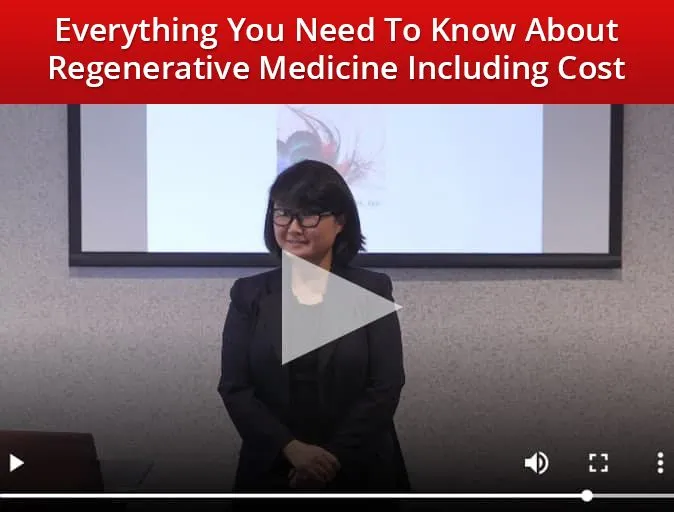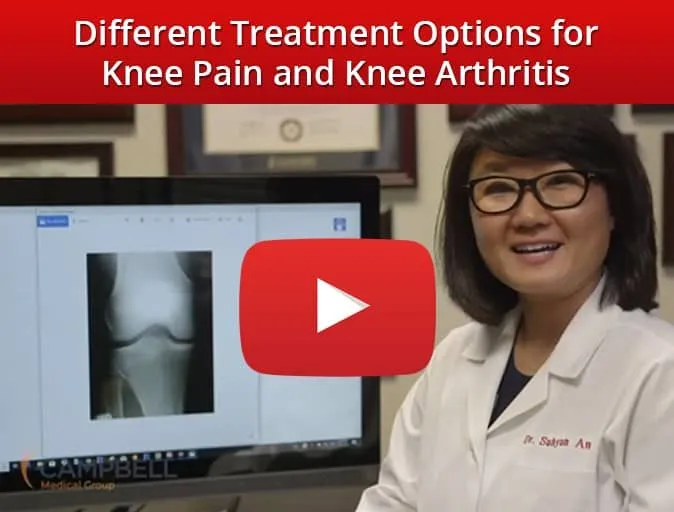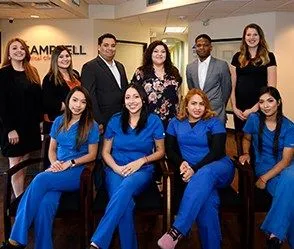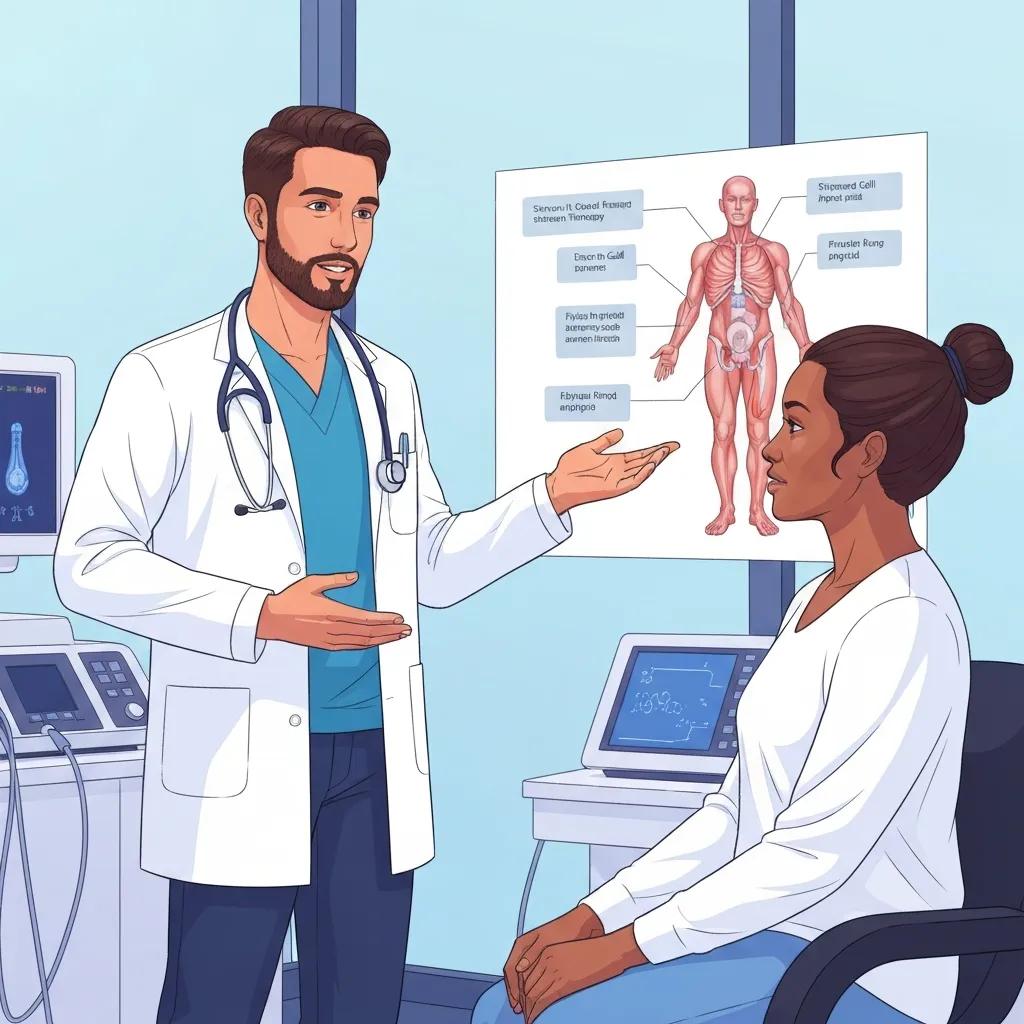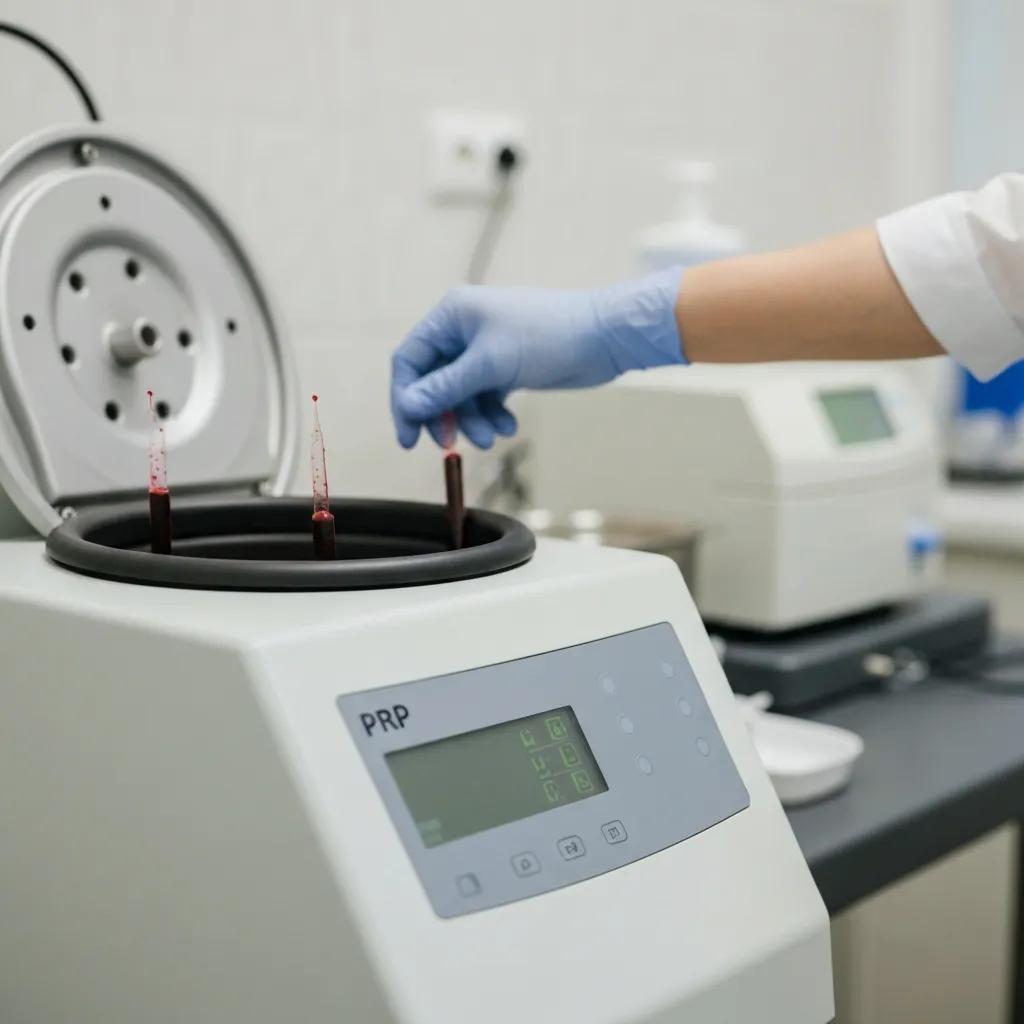Houston Non-Surgical Orthopaedic Trauma Care: Pain Relief & Recovery
Local orthopaedic trauma care empowers Houston patients to recover from injury-related pain without invasive surgery, reducing downtime and risk while optimizing long-term function. This article explains what non-surgical orthopaedic trauma care involves, explores regenerative medicine enhancements like stem cell and PRP therapies, highlights chiropractic benefits, and outlines why personalized, insurance-independent care at Campbell Health Center transforms recovery. You will learn which acute and chronic conditions qualify, how local access accelerates healing, and practical steps to schedule a consultation. Along the way, evidence-based insights, patient-focused strategies, and clear action points will guide you toward safer, faster, and more sustainable pain relief.
What Is Local Orthopaedic Trauma Care and Why Choose Non-Surgical Options in Houston?
Local orthopaedic trauma care refers to conservative, non-invasive treatments that address bone, joint, and soft-tissue injuries within the community. By relying on techniques such as regenerative injections, targeted physical therapies, and chiropractic adjustments, it avoids the inherent risks and prolonged hospital stays of surgery. For instance, a sports-related knee ligament strain treated with PRP injections can experience reduced inflammation and faster tissue repair without incisions.
Choosing non-surgical options in Houston offers direct access to specialists at Campbell Health Center, where personalized protocols focus on natural healing processes. Patients benefit from office-based procedures, minimal downtime, and a collaborative care model that integrates pain management, regenerative medicine, and rehabilitation. This foundation sets the stage for exploring specific conservative treatments and their role in restoring mobility.
How Does Non-Surgical Orthopaedic Care Differ from Traditional Surgery?
Non-surgical orthopaedic care emphasizes biological healing through targeted therapies rather than structural alteration via cutting and hardware. Procedures like stem cell therapy use the patient’s own regenerative cells to repair cartilage, while surgery removes or reconstructs damaged tissue. This approach minimizes anesthesia risks, infection rates, and post-operative complications.
Conventional surgical pathways often require general anesthesia, hospital stays, and lengthy rehabilitation protocols, whereas non-surgical care can be delivered in outpatient settings. Patients generally experience faster return to activities due to reduced tissue disruption and fewer prescription medications. Understanding these distinctions clarifies why many orthopaedic injuries—up to 90 percent in current studies—can be managed without surgical intervention.
What Conditions Are Treated by Local Orthopaedic Trauma Care?
Local orthopaedic trauma care addresses a spectrum of acute and chronic conditions resulting from injury, overuse, or degenerative changes.
- Joint sprains and strains in the knee, ankle, or shoulder
- Muscle tears and tendon injuries such as rotator cuff strains
- Ligament damage, including ACL and MCL sprains
- Fracture-related pain without displacement
- Post-traumatic arthritis and soft-tissue inflammation
These non-surgical treatments target pain relief and functional restoration through regenerative injection therapies, manual techniques, and structured rehabilitation programs. By tailoring interventions to each injury, patients avoid the delays and risks of surgery while still achieving durable recovery.
Why Is Local Access to Orthopaedic Care Important for Houston Patients?
Immediate, community-based orthopaedic trauma care accelerates assessment, treatment initiation, and follow-up. Proximity to Campbell Health Center allows same-day evaluations after sports injuries or falls, preventing prolonged inflammation that can cause chronic pain. Local care reduces travel burdens, especially for patients with limited mobility or those balancing work and family responsibilities.
Moreover, a Houston-focused practice understands regional lifestyle factors—such as outdoor sports and urban traffic injuries—enabling faster recognition of common trauma patterns. Personalized relationships with care teams foster trust and continuity, ensuring that treatment plans adapt as healing progresses and align with patient goals.
How Does Regenerative Medicine Enhance Recovery from Orthopaedic Injuries?
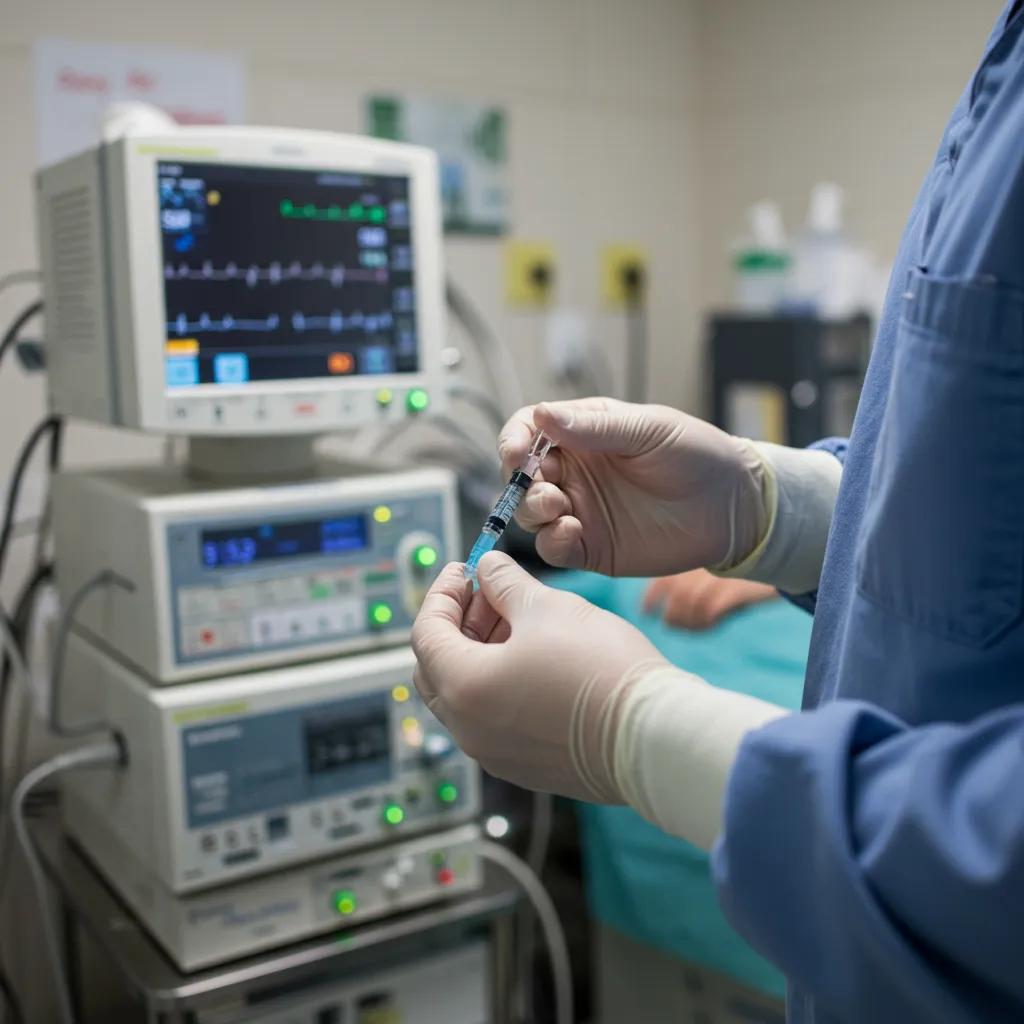
Regenerative medicine harnesses the body’s natural repair mechanisms to restore tissue integrity and reduce chronic inflammation in orthopaedic trauma. Through minimally invasive injections, clinicians deliver concentrated healing agents directly to injured areas, promoting cellular renewal and collagen formation. This targeted approach accelerates recovery by addressing the root cause of pain rather than masking symptoms.
By combining advanced imaging with ultrasound guidance, regenerative procedures at Campbell Health Center achieve precise placement, improving outcomes and reducing unnecessary tissue trauma. The synergy between biologic therapies and rehabilitative exercises builds strength and flexibility, laying the groundwork for durable joint stability and reduced reliance on analgesic medications.
What Are the Benefits of Stem Cell Therapy for Joint Pain and Trauma Recovery?
Stem cell therapy provides a concentrated dose of progenitor cells capable of differentiating into cartilage, bone, and connective tissue, directly addressing damage caused by orthopaedic trauma. The injected cells secrete growth factors that modulate inflammation, stimulate blood vessel formation, and recruit native repair cells, leading to accelerated tissue regeneration.
The application of stem cells in orthopaedic surgery for musculoskeletal injuries is a significant area of research and clinical interest.
Stem Cell Therapies for Bone Regeneration in Orthopaedics and Traumatology
The field of regenerative medicine has recently expanded with the use of cells as effective therapeutic agents for a variety of clinical indications. Stem cell therapy has emerged as a promising approach in orthopaedics and traumatology, offering potential for tissue regeneration and repair. This paper reviews the current clinical indications for stem cell therapy, and the choice of type of cell therapy approach that may be employed.
Bone regeneration: stem cell therapies and clinical studies in orthopaedics and traumatology, E Gómez‐Barrena, 2011
Patients often experience significant pain relief within weeks as cartilage begins to repair and joint lubrication improves. This biologic mechanism supports long-term functional gains, reducing the need for joint replacement surgery. Because the cells originate from the patient, risks of allergic reaction or rejection remain extremely low, making it a safe alternative for eligible candidates.
How Does Platelet Rich Plasma (PRP) Therapy Support Orthopaedic Healing?
Platelet Rich Plasma therapy concentrates platelets from a small blood sample to deliver growth factors and cytokines directly into injured ligaments, tendons, or joints. These bioactive proteins enhance blood flow, attract reparative cells, and regulate inflammatory cascades, leading to more efficient tissue remodeling.
PRP therapy is one of several regenerative medicine injection therapies that aim to restore damaged tissues and manage pain.
Regenerative Medicine for Pain Management: Prolotherapy, PRP, and Stem Cell Therapy
Regenerative medicine (RM) is a rapidly evolving field that aims to restore the structure and function of damaged tissues and organs. Among the various RM strategies, cell therapy, which involves the transplantation of cells to promote tissue repair, has shown significant promise. This review focuses on three forms of RM injection therapies: prolotherapy, platelet-rich plasma (PRP) therapy, and stem cell therapy, which are being used to treat various conditions, particularly in the field of pain medicine.
Regenerative medicine in the field of pain medicine: Prolotherapy, platelet-rich plasma therapy, and stem cell therapy—Theory and evidence, 2011
Clinical evidence shows PRP injections can reduce pain levels by over 70 percent in chronic tendon and joint conditions within one month. Its mechanism targets both symptom control and structural improvement, making it an ideal bridge between acute conservative management and more advanced regenerative treatments.
What Role Does Regenerative Cellular Tissue Therapy Play in Pain Relief?
Regenerative Cellular Tissue Therapy involves injecting a matrix of extracellular proteins and signaling molecules that provide scaffolding for new cell growth. This trophic environment encourages resident stem cells to proliferate and differentiate, rebuilding damaged tissue architecture over time.
By combining matrix therapy with stem cell or PRP injections, clinicians amplify regeneration, hastening collagen alignment and restoring mechanical strength in traumatized tissues. The result is sustained pain relief, improved joint mechanics, and a return to daily activities without surgical intervention.
What Are the Advantages of Chiropractic Care in Local Orthopaedic Trauma Management?
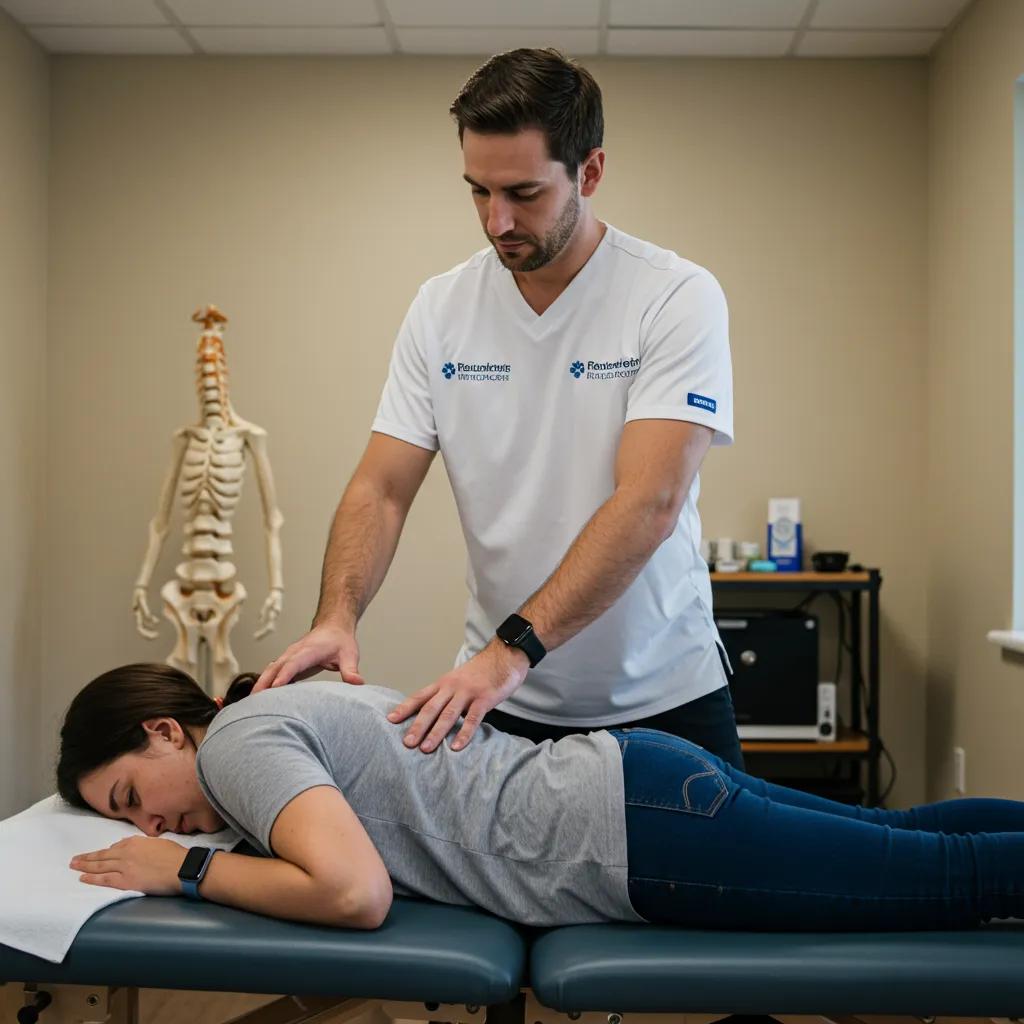
Chiropractic care complements regenerative and pain-relief therapies by optimizing musculoskeletal alignment and nervous system function. Precise spinal and joint adjustments reduce nerve irritation, improve range of motion, and facilitate balanced muscle activation patterns after trauma. This holistic approach enhances the body’s innate healing capacity.
At Campbell Health Center, chiropractors collaborate with regenerative specialists to integrate adjustments into comprehensive care plans. By ensuring proper joint mechanics, chiropractic treatments accelerate rehabilitative exercises and prevent compensatory injuries, strengthening the foundation for long-term orthopaedic health.
How Does Chiropractic Adjustment Aid in Pain Relief and Mobility?
Chiropractic adjustments restore joint mobility by delivering controlled force to restricted segments of the spine or extremities, releasing entrapped nerves and reducing muscle spasms. This improves synovial fluid circulation, nourishing cartilage and ligaments to support sustained movement.
Patients typically report immediate relief of stiffness and enhanced flexibility, allowing them to progress more effectively through physical therapy. Adjustments also promote postural alignment, lessening uneven load distribution that can exacerbate trauma-related pain.
When Is Chiropractic Care Recommended for Orthopaedic Injury Recovery?
Chiropractic care is indicated when joint restrictions, muscle imbalances, or nerve irritations persist after initial soft-tissue healing. In cases such as whiplash, shoulder sprains, or lower back strains, early alignment work prevents chronic compensation patterns that hinder rehabilitation.
A collaborative assessment at Campbell Health Center determines optimal timing—often within the first two weeks post-injury—to integrate adjustments with regenerative injections and guided exercises, ensuring a unified recovery trajectory.
What Are the Key Benefits of Choosing Local Orthopaedic Pain Management in Houston?
Opting for local, non-surgical orthopaedic pain management at Campbell Health Center ensures personalized, timely, and holistic recovery strategies. Patients access same-day consultations, tailored regenerative protocols, and ongoing chiropractic support without insurance-driven restrictions. This model promotes autonomy in treatment decisions and fosters stronger patient-provider relationships.
Community-based care reduces travel costs and time, enabling consistent follow-up visits that enhance adherence to rehabilitation plans. By centralizing services under one roof, patients experience coordinated interventions that address both symptoms and underlying tissue health, accelerating return to work, sports, and daily life.
How Does Personalized Care Without Insurance Influence Improve Treatment Outcomes?
When treatment decisions remain uninfluenced by third-party payors, clinicians can select the most effective protocols for each patient’s unique condition. Personalized plans—ranging from stem cell injections to targeted chiropractic adjustments—prioritize biological effectiveness over billing codes.
The integration of stem cell therapy and tissue engineering is a key focus in managing musculoskeletal injuries.
Stem Cell Therapy and Tissue Engineering in Orthopedic Surgery for Musculoskeletal Injuries
Musculoskeletal injuries may be painful, troublesome, life limiting and also one of the global health problems. There has been considerable amount of interest during the past two decades to stem cells and tissue engineering techniques in orthopedic surgery, especially to manage special and compulsive injuries within the musculoskeletal system.
The current perspectives of stem cell therapy in orthopedic surgery, S Akpancar, 2016
This autonomy leads to higher patient satisfaction, as individuals receive focused attention on healing goals rather than insurance coverage limitations. Improved adherence to recommended therapies translates into measurable gains in mobility and pain reduction.
What Are the Time and Cost Savings of Local Non-Surgical Orthopaedic Care?
Evaluating the overall recovery investment highlights significant savings:
| Service Component | Surgical Pathway | Non-Surgical Local Care |
|---|---|---|
| Facility and Hospital Fees | High inpatient and operating room costs | Outpatient clinic-based procedure costs |
| Anesthesia and Recovery | Extended general anesthesia and monitoring | Local or regional anesthesia with rapid return |
| Travel and Accommodation | Potential multi-day stays and transports | Single-day visits, no overnight lodging |
| Rehabilitation Duration | 3–6 months intensive physical therapy | 4–8 weeks targeted therapy and adjustments |
How Does Local Care Facilitate Faster Recovery and Long-Term Pain Relief?
By combining regenerative injections, chiropractic adjustments, and rehabilitation under one accessible roof, local care minimizes treatment delays and ensures cohesive progress monitoring. Immediate interventions prevent chronic inflammation from setting in, while regular adjustments optimize biomechanics.
This integrated approach fosters sustained tissue regeneration, preserving joint health and reducing the risk of recurrent injury. Patients benefit from proactive guidance on movement patterns and lifestyle modifications, securing long-term relief beyond the initial recovery window.
How Can Patients Benefit from Non-Surgical Orthopaedic Injury Recovery in Houston?
Non-surgical recovery prioritizes natural healing processes, reducing the likelihood of surgical complications such as infection, scarring, and hardware failure. This conservative model emphasizes patient empowerment through education, targeted therapies, and gradual functional progression.
By avoiding invasive procedures, individuals maintain stronger musculature and proprioception, leading to better joint stability and neuromuscular control. This foundation prevents secondary issues like adjacent joint degeneration, demonstrating how non-surgical care improves overall musculoskeletal resilience.
What Are the Risks Avoided by Choosing Non-Surgical Treatments?
Patients who opt for conservative care circumvent common surgical risks:
- Infection and deep tissue contamination
- Blood loss and transfusion requirements
- Anesthesia-related complications
- Prolonged hospital stays and associated thrombosis risk
Eliminating these hazards leads to safer patient experiences and more predictable recovery timelines, reinforcing the appeal of local, non-surgical orthopaedic trauma care.
How Does Non-Surgical Care Improve Quality of Life After Orthopaedic Trauma?
Non-surgical interventions restore pain-free mobility, enabling patients to engage in daily tasks, recreation, and work without dependence on opioid or anti-inflammatory medications.
- Improved joint function enhances independence in self-care activities.
- Reduced pain levels support better sleep and mental well-being.
- Gradual, guided rehabilitation builds confidence in movement.
These functional gains translate into higher life satisfaction and lower risk of chronic disability, showcasing the comprehensive benefits of conservative care.
What Success Stories Demonstrate Effective Local Orthopaedic Trauma Care?
Patients treated at Campbell Health Center have reported returning to competitive sports, resuming long-distance walking, and eliminating prescription pain relievers within weeks of regenerative injections. One individual recovered from a herniated disc without surgery, achieving full range of motion and resuming weight-lifting exercises under guided chiropractic support. Such outcomes illustrate how combining biologic therapies with structural realignment leads to profound functional restoration.
What Common Questions Do Patients Have About Local Orthopaedic Trauma Care?
Many patients wonder whether conservative treatments can truly match surgical results, how long it takes to feel relief, and what safety profiles apply to regenerative therapies. Concerns often center on treatment longevity, recovery timelines, and insurance independence. By understanding typical outcomes, potential side effects, and the integrated care model at Campbell Health Center, individuals gain confidence to pursue non-surgical options with clear expectations and personalized support.
Is Stem Cell Therapy a Safe Alternative to Orthopaedic Surgery?
Stem cell therapy demonstrates a strong safety profile when performed under sterile, image-guided conditions. Because cells derive from the patient’s own bone marrow or adipose tissue, risks of rejection and allergic reaction are negligible. Reports indicate minimal side effects—typically transient soreness or mild swelling—while clinical evidence shows significant tissue repair and pain reduction without surgical risks.
Can Back and Joint Pain Be Managed Without Surgery?
Yes, up to 90 percent of back and joint pain cases respond to non-surgical interventions such as PRP injections, chiropractic adjustments, and guided rehabilitative exercises. By addressing inflammation and biomechanical imbalances, conservative care resolves many conditions—ranging from herniated discs to osteoarthritis—without the need for incisions or implants.
How Soon Can Patients Expect Results from Regenerative Treatments?
Patients often notice pain reduction within two to four weeks after regenerative injections, with continued improvement over three to six months as tissues remodel. Combining these therapies with chiropractic care and physical rehabilitation accelerates functional gains, making progressive results both measurable and sustainable.
How to Schedule a Consultation for Local Non-Surgical Orthopaedic Pain Management in Houston?
Scheduling begins with a comprehensive pain assessment at Campbell Health Center’s Houston clinic. Prospective patients can contact the practice to arrange a no-obligation consultation, during which clinicians review medical history, imaging studies, and treatment goals. This intake session establishes personalized protocols and outlines expected timelines for non-surgical recovery.
What Should Patients Expect During Their First Consultation?
During the initial visit, patients undergo a detailed physical examination, diagnostic ultrasound or imaging review, and discussion of symptom patterns. The clinician explains non-surgical options—such as stem cell or PRP therapy, chiropractic adjustments, and rehabilitation exercises—tailoring a plan that aligns with individual needs and lifestyle.
How to Prepare for Non-Surgical Orthopaedic Treatments?
Patients should wear comfortable, loose-fitting clothing to facilitate joint assessment and any minor injection procedures. Hydration and a light meal beforehand support procedural comfort. Bringing prior imaging reports and a list of current medications ensures the care team can optimize safety and efficacy.
Where Is Campbell Health Center Located in Houston?
Campbell Health Center is situated in the greater Houston, Texas metropolitan area, easily reachable via major thoroughfares. The clinic offers ample, accessible parking and a welcoming atmosphere designed for outpatient orthopaedic care. Its central location ensures quick follow-up visits and seamless coordination of regenerative and chiropractic services.
Recovering from orthopaedic trauma without surgery offers Houston patients a safer, faster path back to daily life. By combining regenerative injections, chiropractic alignment, and personalized rehabilitation—free from insurance-driven constraints—Campbell Health Center delivers comprehensive pain relief and functional restoration. Embrace innovative, non-surgical orthopaedic care today and reclaim mobility, comfort, and confidence.

